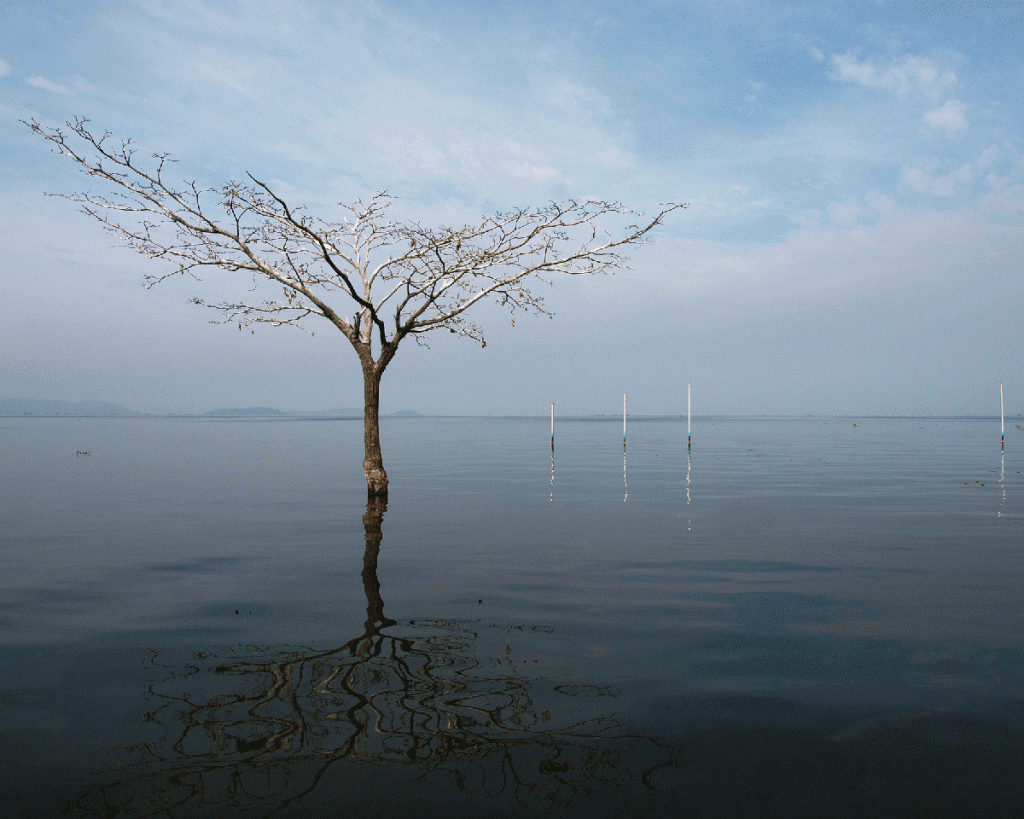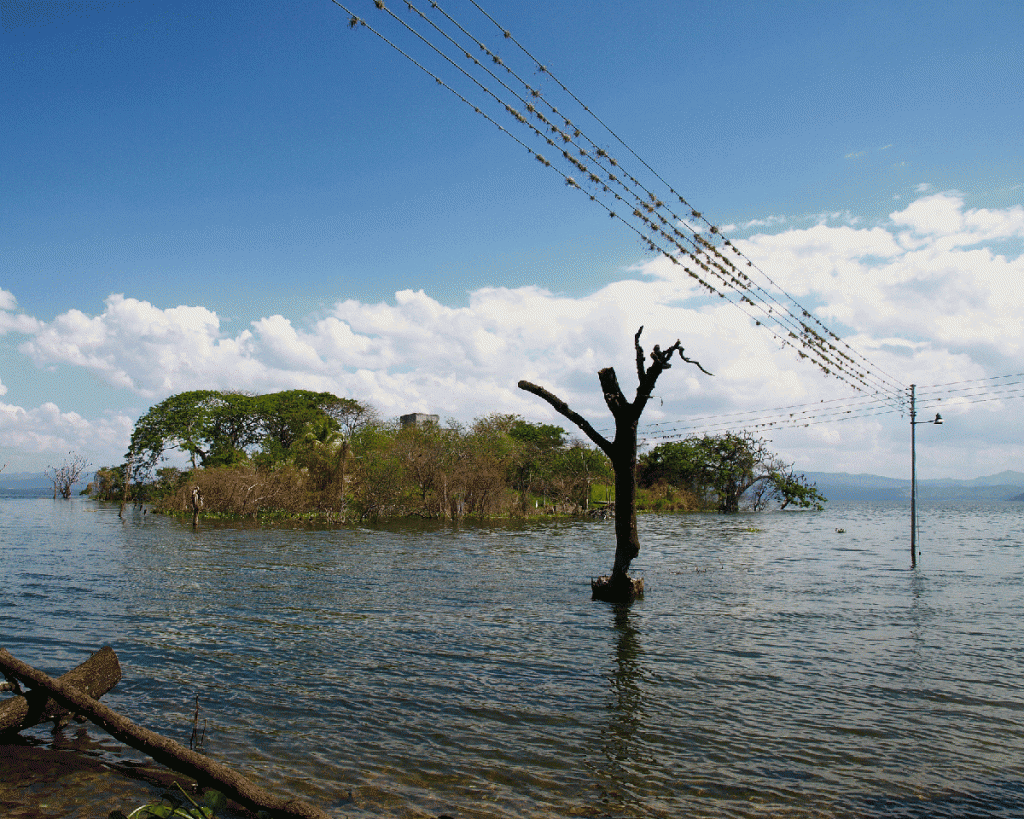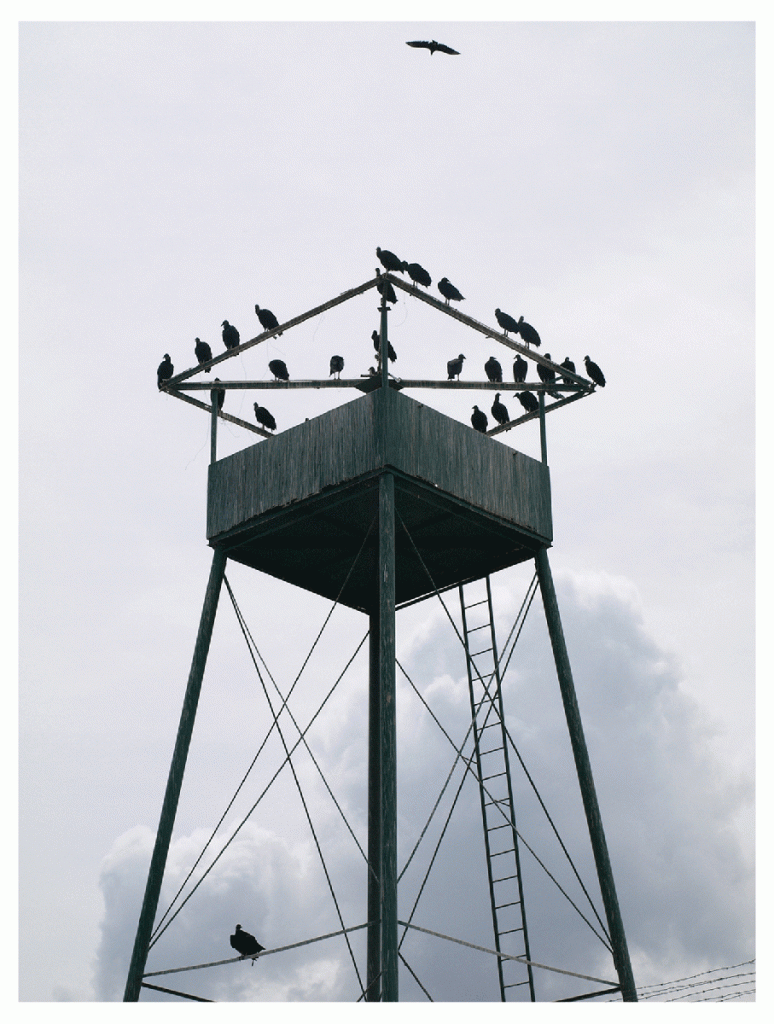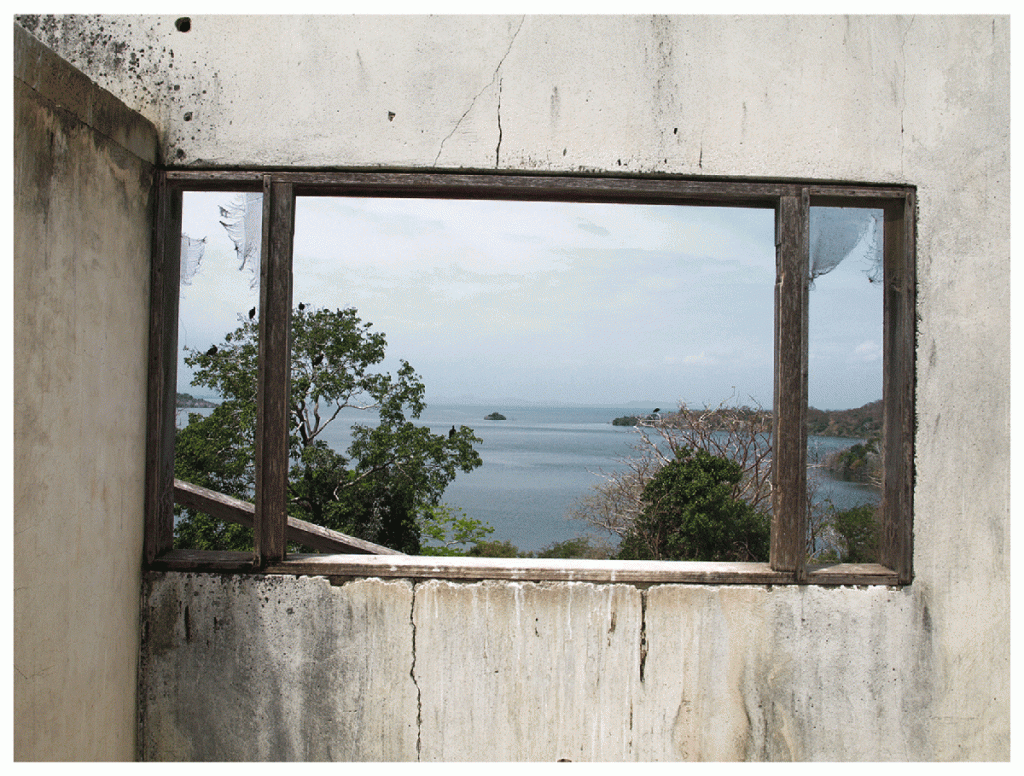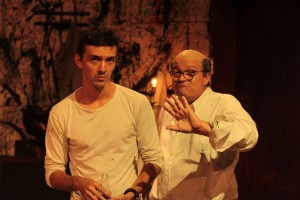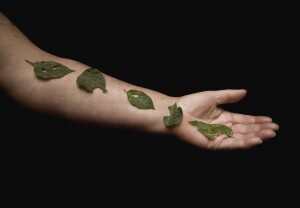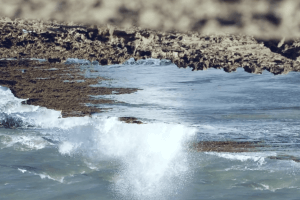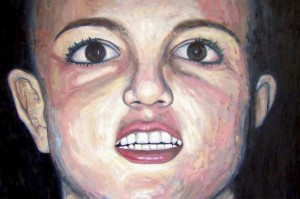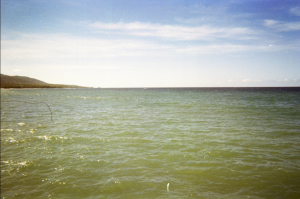Landscapes have haunted my ideas and experiences for almost three years. I have thought, felt and expressed them with multiple images, techniques and formats. The category of landscape never fails to surprise me: it’s an inexhaustible source of reflective and human creativity, of looking at an idea, a concept, or a point of view before nature, with determination… The sensible experience of framing or limiting vision, an instant in space-time, a climatic phenomenon, or an emotion that we translate as we are reflected in the distance… A representation of that which pervades us, anguishes us or rejoices us –of what identifies us or roots us in a specific place or territory… A space for the myths, symbols, and stories that shape us, define us, and differentiate us from others.
For approximately four years, I have been focusing on a large-scale project titled Registro de Territorio (Territorial Registry). It was born of the need to advance the study and presentation of other visions and ways of proposing landscape; not from the representation of the mountain as a thematic axis, but by encountering other natural elements –a direct interaction with the environment beyond contemplation, an integration with it. I also wanted to record the gestures, signs, and annotations that would result from these intersections, experiences, and actions.
This project emerged from an invitation extended by Ruth Auerbach to a group of artists for her curatorial project La Nueva Comisión Corográfica, descripción de un país («The New Corographic Commission, description of a country») at the XI Velada de Santa Lucía in Maracaibo. As starting point, Ruth proposed the concept adopted by UNESCO and proposed in the World Heritage Convention on Cultural Landscapes: Landscape is a portion of territory –which may include both coastal and inland waters–, the appearance of which is the result of the interaction of natural and human factors. Therefore, the definition of landscape involves three fundamental aspects: the physical dimension (landscape is the territory), a subjective and cultural dimension (it is a portion of territory, but the subjective values attributed to it by its population must not be left aside), and, finally, a temporal/causal dimension (landscape as a result of the interaction between man and nature).
This notion of landscape as a portion of territory detonated infinite possibilities of recording portions of territory in any body of water, both in my country and in the rest of the world. I made a first recording in Lake Maracaibo, which I showed at the Velada de Santa Lucía: the submerged piece of paper, next to 4 small-format photographs that showed the immersion process.
This first exercise gave way to an arduous reflective and investigative work in which the index and the performance action came together, both conceptually and formally, to generate a rich body of work. After much writing about and thinking through it, today I can define Registro de Territorio as a processual and indexical project in which I covered the main bodies of water in the country. I did a series of watercolor paper immersions in these lakes, seas and rivers, drawing the line of the horizon. That is to say: the submerged part had been impregnated with landscape, which left a trace and recorded a part of territory. Through the performance action and the photographic record of these processes, contexts and experiences are generated .
That same year (2011), I was invited to participate in the exhibition Prácticas del compromiso (Practices of commitment) at the Mario Abreu Museum of Contemporary Art in Maracay. I took advantage of its proximity to Lake Valencia: a group of friends took me to a place called Redoma El Indio, on the shores of the lake. I did a first immersion there, and recorded both the action and the surrounding landscape –which, incidentally, struck me at the time, as the lake had flooded about 100 meters of the area and affected several families.
The following year, I was invited to another exhibition at the Mario Abreu Museum: Esto no es una historia… es ya (“This is not a story … It is now”), curated by Franklin Arellano. I proposed to lead a tour, as thoroughly as possible, around Lake Valencia. My request was made possible by the Museum authorities, who kindly lent us a vehicle to make two trips to the La Cabrera Peninsula and Los Guayos (both located at the north of the lake), and to the Navy of Venezuela, which facilitated a boat for an almost complete tour of the lake. We traversed the north, northeast, southeast, and several coasts, including the main and largest: the island of Tacarigua. There, we were able explore, on foot, the ruins of the Isla del Burro prison. During this trip I made eight paper immersions, with their respective photographic records.
During these trips, I photographed some of the flooded banks, dead groves, abandoned hamlets, and invasive hydrophilic vegetation that I encountered, among other scenes. I was amazed by the beauty of the vast calm waters, which, despite displaying a wide array of wonderful visuals, were melancholy, distant, somber and desolate –but of a deep contemplative calm. I also made a small series of photographs at the prison, impressed by its disturbing, emblematic views. All those images demonstrate our indifference to our recent past, our historical heritage, and our direct relationship with nature. Unfortunately, laziness has become part of our daily lives; we increasingly use these natural areas irresponsibly, leaving behind debris, depositing all kinds of chemicals, residues and detritus in their waters. We contaminate our future, regardless of the already ill present. These negative practices became such an ingrained part of our idiosyncrasy, that we coexist with nature almost by inertia. Although I was deeply moved by this experience, all this work –parallel to my project was shelved away.
In early 2013 I was offered a solo exhibition that would inaugurate Galería Espacio 5, a new art space in Valencia. I met with one of its partners, architect Henry Rueda, and with young curator Marisela Chivico. I showed them my dossier, made up of already exhibited works, and the ongoing Registro de Territorio, which I was not interested in exhibiting at that time. With some reservations, I told them I had extensively recorded Lake Valencia as part of that research; after seeing a few of the images, they were amazed, and we decided to show it. We opened by the summer of that same year, and called the show Inercia ante la lejanía, “Inertia before the distance.”
Although this was my fifth solo show, it was my first exclusively photographic exhibition. I never could have imagined its success, and the repercussions it had on my career: a selection of images was exhibited earlier this year in Caracas, many articles were written about it in Valencia and Caracas, three of the photos participated in LimaPhoto 2014 (in Peru), another two will be part of an auction at the end of the year, and who knows what other surprises await.
Though I have been working on this project for almost four years, I have only just begun to develop a consistent body of work, as the intervals between one trip and the next have extended far beyond my wishes: the difficulties of a convulsed country. The slowness of my own creative, thoughtful, and cautious process have allowed me to set up a conceptual, experiential and formal basis that is enriched as I confront works in process; on the other hand, experiences and parallel projects such as Inercia ante la lejanía have broadened my horizons towards a critical and ethical stance on the current state of nature –neglect, abandonment, lack of belonging and love for the enormous natural riches in our territory. Although it is not my primary intention to become an environmental warrior, I contribute with my humble vision, images, and experiences to bring attention and reflection to what is our duty as inhabitants of this planet: to take care of, preserve, and safeguard the life that unselfishly welcomes us daily.






